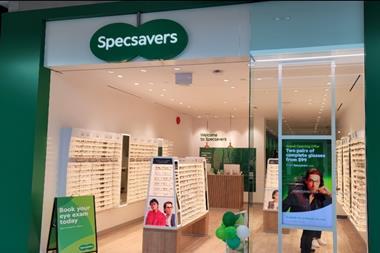Walmart’s third-quarter results indicate that Project Impact, the five-year strategy calling for improved layouts and reduced inventory, has begun to bear fruit.
While the SKU reduction programme is clearly helping to drive down costs, the retailer must also consider long-term customer satisfaction when delisting brands.
In the US, Project Impact has helped drive operating profit up 6.9% on a 1.2% sales increase. Inventory meanwhile was reduced 6.2%, resulting in improved gross margin, better expense control and continued strength in return on investment. As Walmart US chief executive Eduardo Castro-Wright said at the retailer’s results last week: “Few retailers can claim this kind of operating performance.”
Inventory management is a key component of Project Impact, as lower stock levels ultimately result in reduced labour costs, fewer out-of-stocks and the ability to obtain better terms from suppliers. In addition, a decade of continuous new product development in the US has resulted in a glut of brands in the market. Because of this, range rationalisation was inevitable – Walmart now wants to cut its total SKU count 15% in the US and 30% in the UK.
While this is certainly keeping Walmart suppliers, particularly those of tertiary brands, up at night what is perhaps more worrying is the combination of SKU rationalisation with private-label development. In the future, we are likely to see just the brand leader and Walmart’s own brand in certain categories.
As usual, Walmart’s actions have had a domino effect on the grocery sector and now Safeway, SuperValu and several regional chains have begun to explore the benefits of “assortment correction” as Florida-based grocer Publix calls it.
Besides Walmart, the key beneficiary of Project Impact is intended to be the shopper. The idea is to reduce complexity from the shelf and make the aisles easier to shop. But there is a great risk associated with delisting nearly a third of SKUs – customers can get frustrated and shop elsewhere. Take my Connecticut-based sister for example. A former regular Walmart shopper, she hasn’t been back since the Project Impact conversion for two reasons – she can’t find the pharmacy or her favourite popcorn.
About 70% of stores are expected to trade as Project Impact stores over the next couple of years. So it will be essential that Walmart strikes the right balance of efficiency against product choice in order to appease both shareholders and shoppers.
➤Natalie Berg, research
director, Planet Retail. For more information contact us on:
Tel: +44 (0)20 7728 5600
Email: info@planetretail.net


























No comments yet